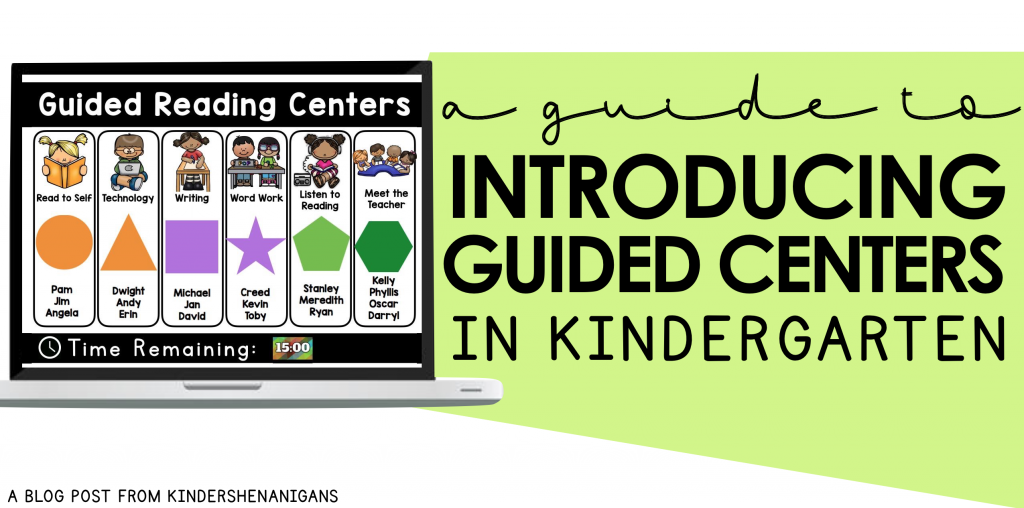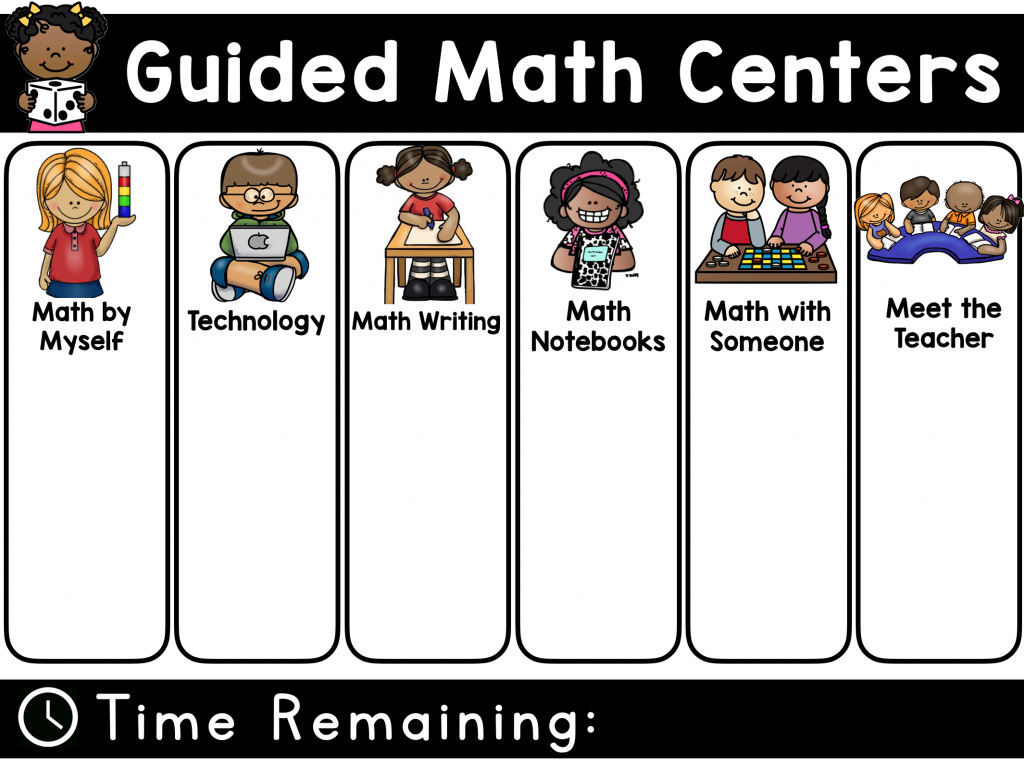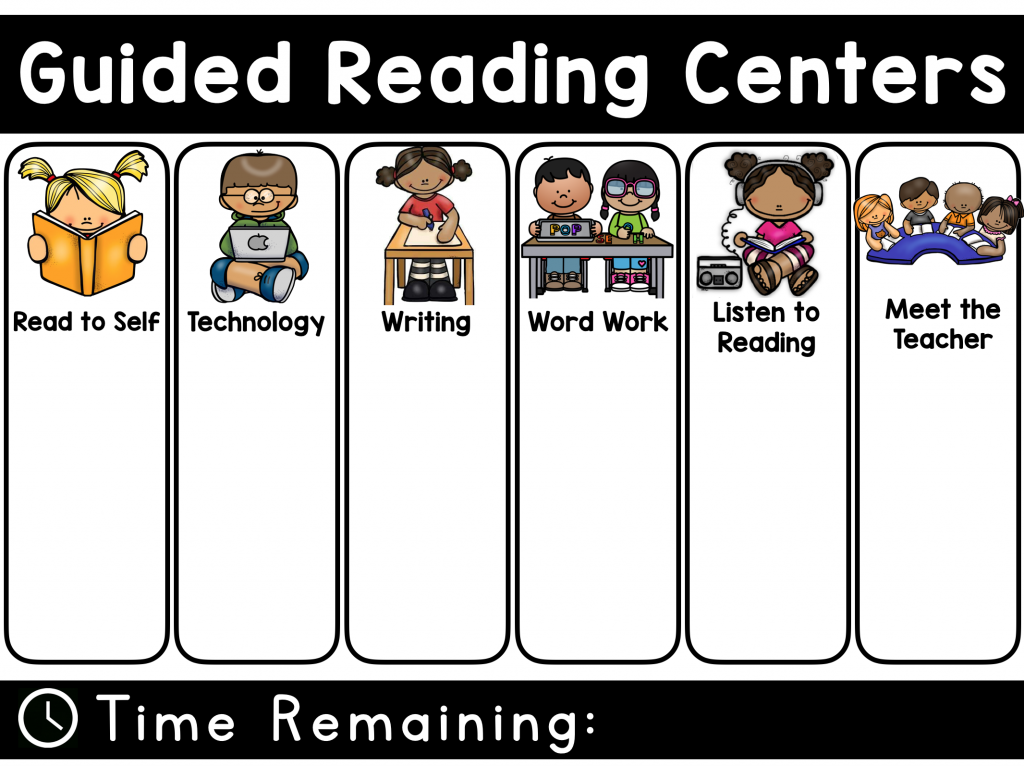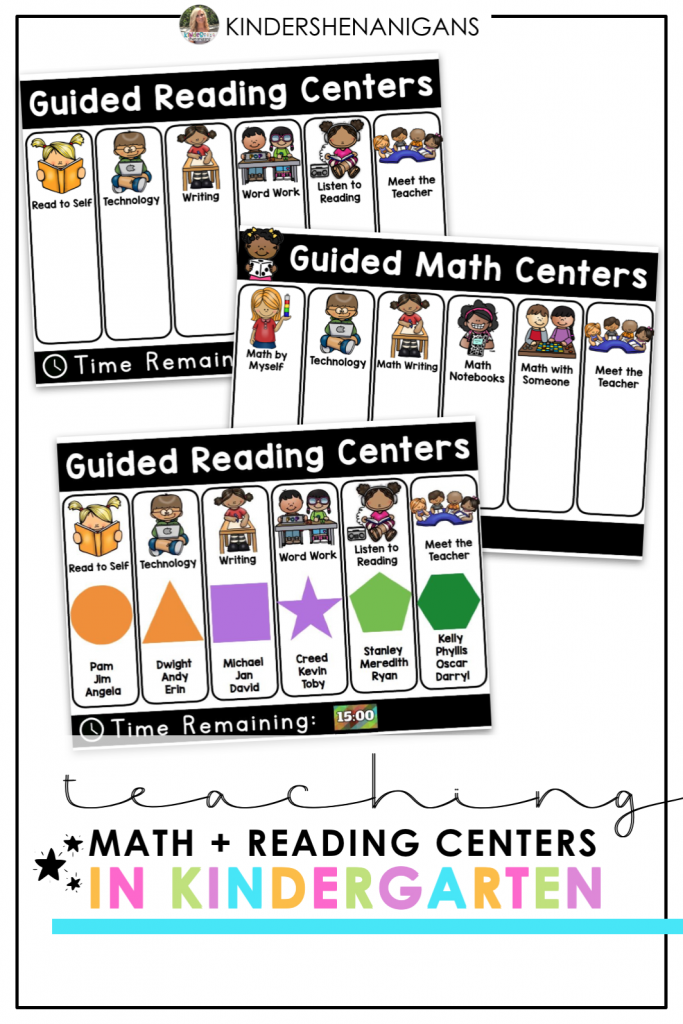
Before I get started, I want to preface that I learned so much from following Marsha McGuire (@adifferkinder on IG and her blog www.differentiatedkindergarten.com). She is a gold mine of kindergarten center ideas and resources! So that being said, my centers are based off of her amazing differentiated instruction and center management system.
One of the biggest challenges at the beginning of the year in kindergarten especially is meeting students where they are. In kindergarten, children come in at the beginning of the year with all sorts of varying levels of ability – some know their letters and are beginning readers, some can sing the alphabet song and identify letters in their name, and some may ask “What’s a letter?” They really are all over the board! By assessing where students are, you can determine what they need.
Research tells us that optimal learning takes place when children are moderately challenged – meaning that you are pushing them just slightly out of their comfort zone. Which leads me to the importance of differentiating your instruction to meet the needs of your students. Here is a great example from Marsha on differentiating activities based off on assessments: http://differentiatedkindergarten.com/wp-content/uploads/2013/07/Slide15.jpg
At the beginning of the year, I introduce centers after students are used to our daily routine (typically after about one month of kindergarten). I have found this gives students time to adjust to our routines and procedures, as well as begin to build their independent reading stamina (which we practice as a whole class from the second week of school when we “read” quietly for one minute, and then two minutes, and so on and so forth.)
When I first get started with our math centers in September, I try to remind myself that they are just little. They just got dropped off from preschool. They still want to play and explore…and I can’t blame them! So while I’m establishing those first math center rotations, my goals are to let them become familiar with the routines and expectations of what goes on in math centers. I want them to start to explore the different kinds of materials that we will be using. I don’t expect to just throw some manipulatives out there and NOT have them building or making letters or seeing how tall they can stack them. I’ve learned that if you give them that time to explore a bit, they’ll be more likely to work after.
Guided Math Centers
To introduce centers, I like to start with math centers first. I build excitement by adding a new card to our schedule that day and telling students how excited I am to share a new part of our day and sing “Celebrate good times, it’s math!” Typically, the first day of centers is a lot of time spent for practice, introducing new directions, modeling, and only about 5 minutes “doing” the actual centers.
I like to follow the structure for Daily 5 and Daily 3 for math and reading. In my classroom, we have six centers for math:
- Math by Myself
- Math with Someone
- Math Notebook
- Math Writing
- Math Technology
- Math with the Teacher
In my half day kindergarten schedule, I don’t have time for students to visit all 6 centers each day. So instead, students do 2 centers each day for 15 minutes. This is in addition to whole group math in our daily schedule. At first, we start with one math center in one day, and then build our stamina to 2 math centers in one day. Here’s a look at our math center chart I use on our smartboard to keep track of our center schedule:

To organize our centers, I like to use a three tiered cart like this one with labels to match my center board (shown above). Here are the Sterilite Three Drawer Cart I like to use for math and reading centers:

As I mentioned before, I tier my center activities and students are grouped by skill / ability level. Inside each bin is an orange, purple, and green colored zippered pouch. Students are assigned a color based on their skill set and tiered activities are inside each pouch. I’ll have no more than 4 students in a group at a time (ideally 3 students per group). (Ie. Math with someone game is Bump with a focus on addition. The tiered activities may include addition to 5 in orange, addition to 10 in purple, and addition to 15 in green.)
You can grab the ones I like on Amazon here:

Math By Myself
At the beginning of the year, I keep the centers simple. Math by myself is typically building numbers (0 – 5, 0 – 10, 0 – 20) using play-doh. Children sit at a table with their group and work on the same task, independently. One of my little tips to help kids focused during centers is to take pictures of them for ClassDojo! They love getting “caught on camera” while they focus on their work – and parents / families love to reinforce this positive behavior at home, too!

Math with Someone
For the Math with Someone center, at the beginning of the year this starts simple with a number puzzle. Children work together to match up numbers with pictures, tallies, tens frames, etc. Their goal is to work together as a team, share materials, and complete the learning goal to match up numbers in different forms. You can grab the number puzzles we use here on Amazon.

After we practice working as a team, we typically start week 2 or week 3 with one of our favorite math games from Marsha McGuire called Yatta. It’s great for practicing number sense!

Math Notebook
For our Math Notebook center, we use our math series. Children work independently on solving problems, or completing tasks at his / her own pace. This is also a great time to practice being problem solvers and working on “reading” directions or learning to complete tasks on their own.

After students have a solid week of math centers, we start to incorporate Guided Reading centers. To introduce reading centers, I start by explaining that they are just like our math center time so students have an understanding of our expectations. We discuss what this time of day looks like and sounds like, as well as how we move from center to center for transitions.
Guided Reading Centers
Just like math centers, I follow the structure for Daily 5 with six centers for guided reading:
- Read to Self
- Listen to Reading
- Word Work
- Writing
- Technology
- Math with the Teacher
Just like math, I have students do 2 guided reading centers each day for 15 minutes each. Here’s a look at our guided reading center chart I use on our smartboard to keep track of our center schedule:

One of the easiest ways to start the centers, save paper, and keep things fun is using dry erase sheets. These have been a huge game changer for me and I can’t recommend them enough!

We use them for the writing center at the beginning of the year – which takes a typical worksheet and makes it more fun because there’s something about dry erase markers that kids just enjoy more than pencil and paper!

We spend a lot of time at the beginning of the year practicing letters, letter identification, and letter formation. This really helps make it become a quick simple routine when we are ready to start turning letters into words, and words into sentences later on.

We love to use mini erasers from the Target Dollar Spot to build letters, and make the letters in our names, too! This is a great easy center activity for the beginning of the year and wonderful for fine motor skills practice as well.

Our independent reading time is the one center that looks the same all year long – children are practicing reading independently and using their book box with good fit books as they build their reading stamina. A great way to reinforce that children are focused on reading and being independent during centers is to award positive behavior. I make sure to give extra Dojo points or brag tags during centers when children are focused on reading, and take photos to share with families for some additional praise at home!

But how can children “read” independently when they can’t really read yet? Well, we practice telling a story by using the pictures during our whole group reading time each day! I will read a story, then practice having children read the story the next day in their own words and tell a partner about it. This is great to practice comprehension with retelling, and a great way to build young readers’ confidence as they are learning to read (even if they don’t know the words, yet).
Setting up centers successfully takes a lot of time, modeling, and practice. Making sure to reinforce positive behaviors during the first days as your students build stamina and learn their schedule will make all the difference in the world as you embark on starting centers in kindergarten.
If you’d like to hear more about how I teach introduce Guided Math and Guided Reading Centers, check out my Youtube Video here:
Pin this post for later:










